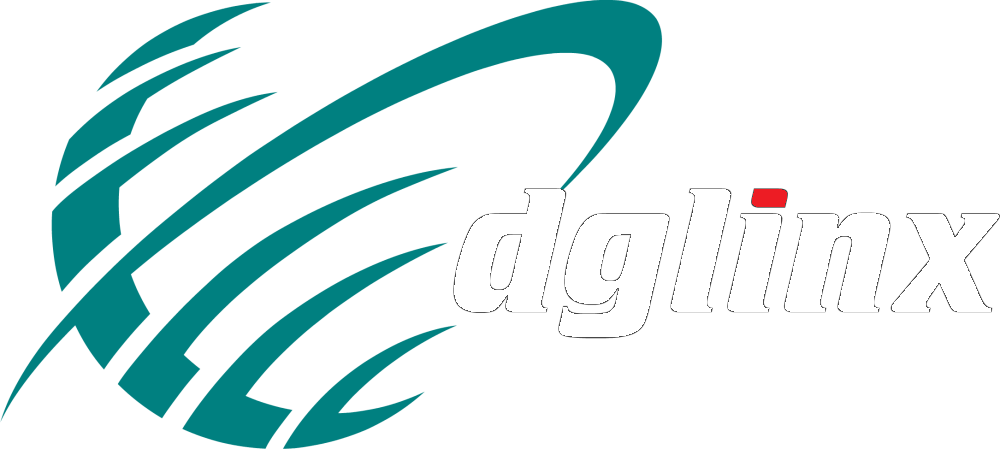Virtualization uses software to create an abstraction layer over physical hardware, enabling the division of a single computer’s hardware components: such as processors, memory, and storage—into multiple Virtual Machines. (Slicing Physical Server into multiple smaller Servers)

Each VM runs its own operating system and behaves like an independent computer.
* It allows for more efficient use of physical hardware by running multiple applications and operating systems on a single machine.
* Reduces the need for physical hardware, leading to lower costs for hardware, power, and cooling.
* Makes it easier to scale resources up or down based on demand.
* Simplifies management and deployment of applications and services.
We implement and support various types of Virtualizations and Platforms:
Hyper-V, VMware, ProxMox, XenServer, KVM (Kernel-based Virtual Machine)
• Server Virtualization: Divides a physical server into multiple virtual servers.
• Desktop Virtualization: Allows users to run multiple desktop environments on a single physical machine. (VDI)
• Network Virtualization: Combines hardware and software network resources into a single, software-based administrative entity.
• Storage Virtualization: Pools physical storage from multiple network storage devices into a single storage device
